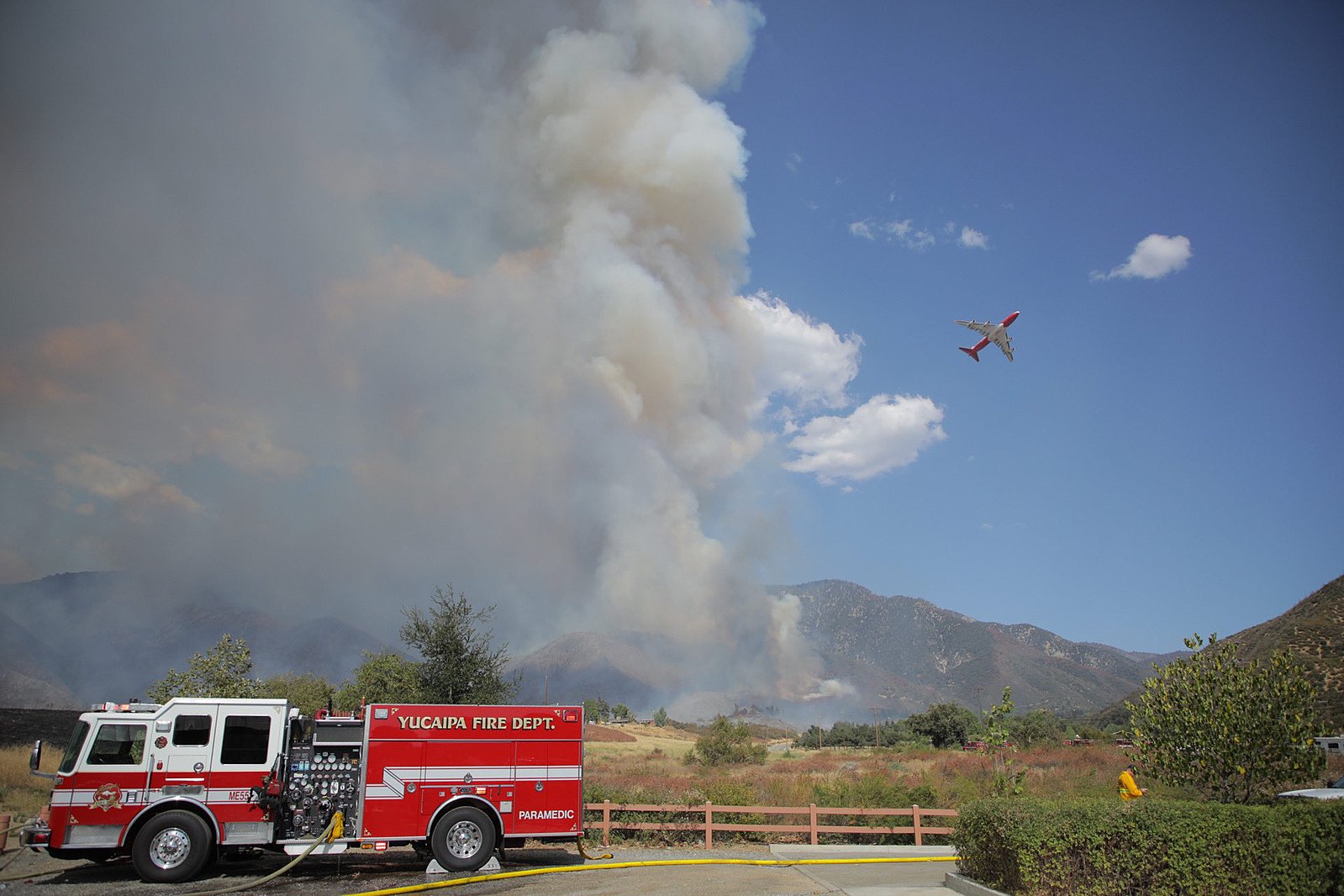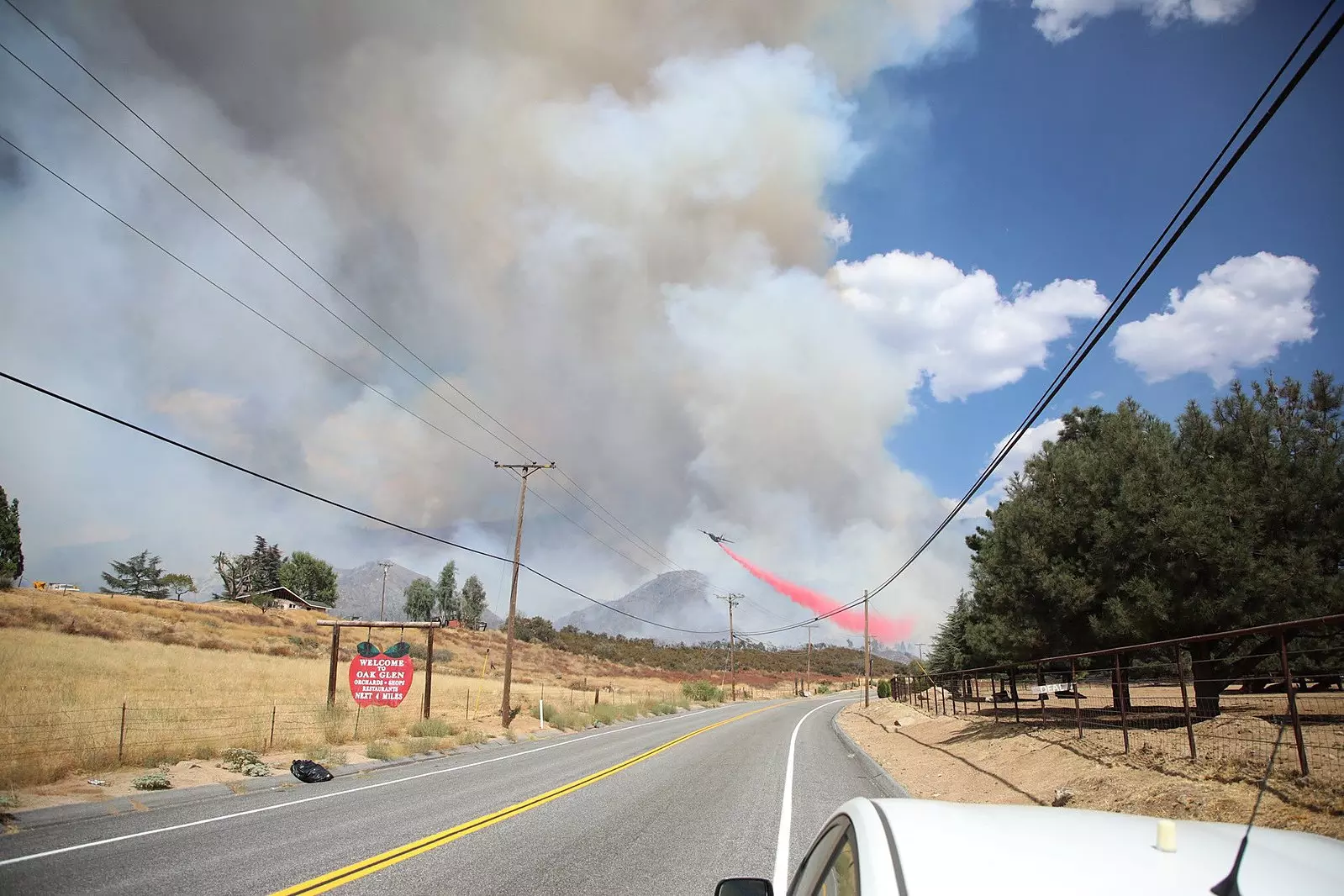Comments
- No comments found

Aerial and land responses are often deployed against wildfires.
Sometimes, with bad visibility, air response is halted.
The entropy of recent forest fires and the increasing square miles submit the necessity for new modes of delivery of fire squelching agents or materials.
There are agents and enhancers that include sodium/potassium bicarbonate, evaporating fluorocarbon, ammonium phosphate, carbon dioxide and nitrogen.
However, assuming within a wildfire, there is a perimeter to attract and keep fires — different from firebreaks, it can slow down the spread towards other areas, buy time, or concentrate its fierceness.
Also, towards forest adjacent residences, it is possible to create attraction zones, to provide more time for evacuation—reducing losses to lives and properties.
Designs similar to blimps — but square shaped — are an option for intensity in wildfires, or places close to residential areas. Blimps are made of polymer, but a new delivery method can be assembled with big biodegradable boxes.
The boxes — four of them — will be made to form a square or close to, atop trees, in certain clear areas, or in the form of balls to be dropped in available spaces.
They are expected to have door sized openings — or close, inviting fires into them, for what would become high zones of fire. Some boxes may be horizontally shaped, parallel to the sizes of long trees.
They may or may not contain the known agents — as the purpose is not direct extinguishers. They will however have a gas, for diffusion of fire into the boxes.
One major property the containers would have is an inner coating, on two of their sides, to make them burn rather slowly.
This is so that the fires can have a standing point, within, while trying to raze it fast, but slowing it.
This square of intensity, by boxes, will be essential to changing the direction of fire, in how to have a temporal vacuum and keep the fire around one place.

The first step towards this approach is a computational model: finite element methods and generative adversarial networks. The purpose is to extrapolate its effects, possibilities, limits and extents.
Also, it would be useful to explore what agents and materials to use, and how to have those to be like fire boulders to be delivered by road to residential areas.
This could be an approach to fighting wildfires this decade.
Leave your comments
Post comment as a guest